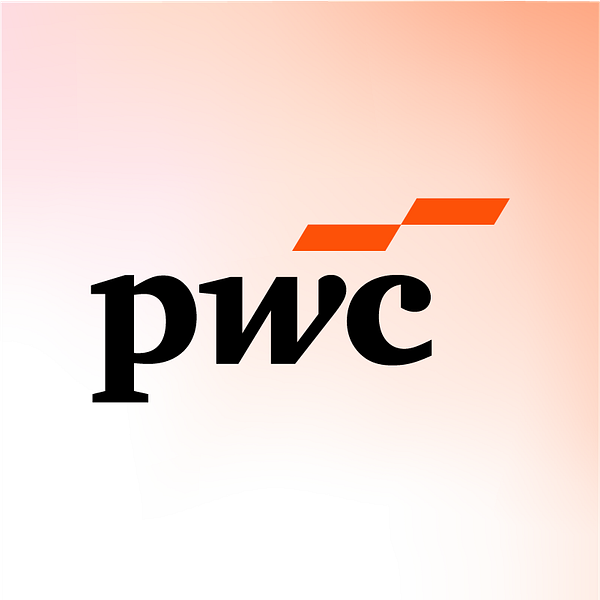
Press release -
New international standards to bring informative and insightful audit reports
Press Release
| Date | Wednesday, 21 January 2015 |
| Contact |
Candy Li Tel: +65 6236 7439 Mobile: +65 8613 8820 E-mail: candy.yt.li@sg.pwc.com |
New international standards to bring informative and insightful audit reports
SINGAPORE, 20 January 2015 – After three years in development, the International Auditing and Assurance Standards Board (IAASB) has released a set of standards that are game-changing for shareholders and the profession, says PwC.
The standards mark a move to allow reports that are more informative, discursive and insightful. The new reports will undoubtedly stimulate enhanced conversations among auditors, companies, audit committees and shareholders.
Similar proposals have already been rolled out in the UK and auditors have embraced the transformation – producing insightful reports with tailored information and less jargon. Shareholder reaction has been very positive, referring to a ‘sea change’ in auditor reporting.
Said Richard Sexton, PwC Global Assurance Leader:
“The reporting rules now allow us to innovate within our public audit reports and begin to address the value and relevance of the audit. We are focused on reinforcing trust in the audit so as to underpin confidence in reported financial information. Relevant reports from a relevant profession – that’s the opportunity.”
Commented Yeoh Oon Jin, Executive Chairman, PwC Singapore:
“This is the most significant change in public reporting by auditors in decades. We will move away from the one-page standard auditor’s report to a multi-page tailored report with more relevant information about the audit of the financial statements of the company."
The changes that the IAASB is introducing centre around three key aims: insight, transparency and improved readability.
1. Insight
Key audit matters
Without doubt, the most significant innovation in the new standards is the introduction of ‘key audit matters’ (ISA 701). This section will shed light on those matters that, in the auditor’s judgement, were of the most significance in the audit of the financial statements of the current period.
2. Transparency
The main proposals to enhance transparency are to introduce an explicit statement regarding the auditor’s independence in all audit reports and to identify the engagement partner’s name in audit reports for listed entities. Both are already part of the auditor’s report in many parts of the world – but it is not the practice everywhere.
3. Readability
Under the new standards, the auditor’s report has been restructured to put audit and entity-specific information at the front of the report – in particular, putting the audit opinion first. Standardised wording in the report – such as the descriptions of the auditor’s responsibilities and what’s involved in an audit can be placed at the end of the report, or some might even decide to put it in an appendix or refer to a common website (such as that of a standard-setter or regulator).
Going concern will also be given more visibility in the auditor’s report. Both management’s and auditor’s responsibilities regarding going concern will be described in the new reports. When there is a material uncertainty about the entity’s ability to continue as a going concern, this will now be highlighted in a separate, clearly identified section of the report.
While the IAASB’s new standards are not effective until the end of 2016, auditors will need to hit the ground running. There are some daunting changes which will require careful navigation.
Concluded Yeoh Oon Jin, Executive Chairman, PwC Singapore:
“The market reaction in the United Kingdom, where a similar standard has been in effect since October 2013, has been very positive. Likewise, in Singapore, once the new standard is implemented, I expect that investors and market analysts will get a much better appreciation of the inherent risks associated with financial reporting and how these risks have been addressed by the auditor.”
Ends
Topics
Categories
About PwC
PwC helps organisations and individuals create the value they’re looking for. We’re a network of firms in 157 countries with more than 184,000 people who are committed to delivering quality in assurance, tax and advisory services. Tell us what matters to you and find out more by visiting us at www.pwc.com.
PwC refers to the PwC network and/or one or more of its member firms, each of which is a separate legal entity. Please see www.pwc.com/structure for further details.
© 2014 PricewaterhouseCoopers. All rights reserved.


